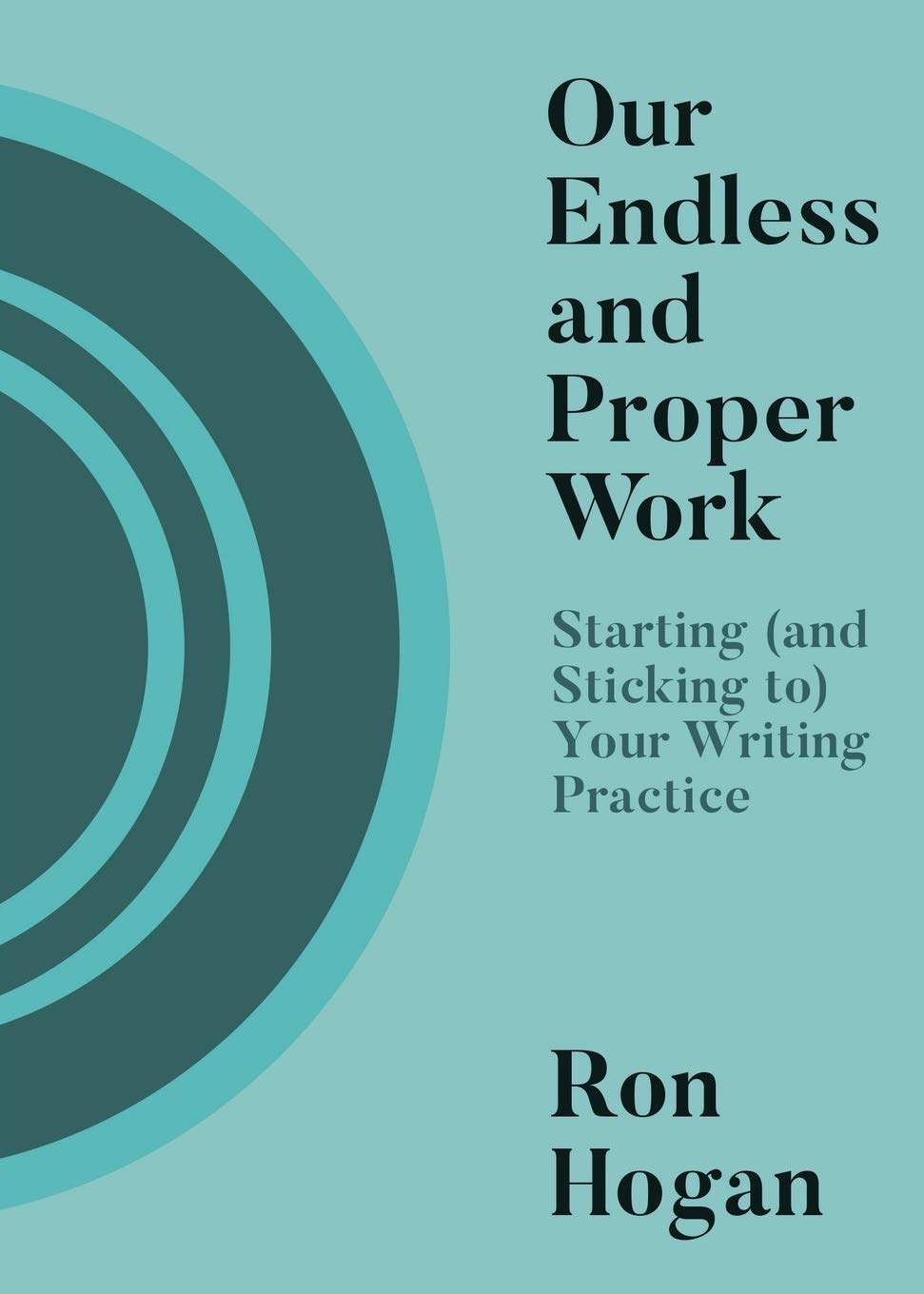John Falk on Keeping It Real
When I got a postcard two weeks ago announcing the paperback edition of John Falk’s Hello to All That as being “in the tradition of A Million Little Pieces,” I chuckled to myself: Hell of a time for that comparison to be making the rounds. But then I got to thinking that Falk, who’d written about his battle with chronic depression and his experiences as a Sarajevo war correspondent, probably had something to say about the art of telling the truth about your life. So I asked, and I received, and I pass along to you…
You could be drunk, in a writing workshop, or maybe just sitting on the can. The point is that great insight, that magical inspiration can hit you just about anywhere. Maybe you can’t put it into words just yet but you suddenly know, can feel in your gut actually, that somewhere in your past there unfolded a series of events that meant something, really meant something. They all fit together. You then think of all the people you knew, all the crazy, colorful scenes in your life. There is a story there, a great story. Man, this can be good, you think. You run it by your friends and family. They all agree: You really should take a crack at writing a memoir.
For most people it’s about here, or maybe after two or three trips to Starbucks with your laptop, that the whole enterprise unravels. Why? Because you just can’t capture on paper that initial inspiration. The words fall short. The details overwhelm. Your life wasn’t as coherent as it seemed and what was an inspiration quickly becomes drudgery. It’s here that the more sensible among us order that final mochachino and split back to living their life instead of writing about it.
For the rest, you dive deeper. Keep writing. Month after month. Year after year. You chase that rabbit, that initial inspiration, word after damn word. As you learn more you start thinking in character arcs, acts, conflicts and resolutions. It’s a necessary step, of course, the only way to impose that timeless story structure on what had been until now a rambling retelling of your life.
30 January 2006 | guest authors |
How Linda Donn Discovered Her Balloonist
After writing two nonfiction books (which she’ll tell you more about below), Linda Donn has come out with her first novel, The Littlest Balloonist. The story of how she found the subject and setting for this foray into fiction is a happy accident which I hope you’ll find as interesting as I have.
When I began to write about my heroine, Sophie Blanchard, I was surprised to find the little French balloonist as familiar to me as if I had known her for a long, long time.
I would like to explain how this came about.
Years ago, I was writing my first book, a nonfiction story about the friendship between Sigmund Freud and Carl Jung, and I did a lot of research in the Rare Book and Manuscript Division of the Library of Congress. Even on a blistering hot day in Washington, D.C., it is very cold in the archives. It helps preserve the old papers. And so, to warm up—and because you can’t help but get stuck in research sometimes—I would get up and wander around the room and pull out the drawers of files that describe the different collections in the Manuscript Division. There are large lives in there—Kennedys and Roosevelts and Fords and the like. But there is also a little archive, all in French, about the adventures of the early balloonists. I can read French, and so it amused me to read about their escapades—they once sent an elephant up in a balloon, and described as him as ‘superb’ and ‘modest’!
Then, too, I read descriptions of the young Sophie Blanchard, how generous and daring she was, and how she became Napoleon Bonaparte’s official balloonist.
When I finished writing the book on Freud and Jung, I thought of doing a book about that brave little band, but I couldn’t figure out how to structure the story. I mentioned the problem to a friend—who happened to be a Roosevelt—she said, “Oh, you like stories about relationships. You should write about a group of Roosevelt cousins.” Well, I went back to the Rare Book and Manuscript Division and pulled out the drawers of Roosevelts—and found a fascinating story. But on my research visits, inevitably, I would get cold and stuck, and so I’d wander over to the drawer of my French balloonists.
And this time, when I finished my book on the Roosevelt cousins, I pulled out the folders about hydrogen balloons in 19th-century France and went to work.
23 January 2006 | guest authors |

 Our Endless and Proper Work is my new book with Belt Publishing about starting (and sticking to) a productive writing practice.
Our Endless and Proper Work is my new book with Belt Publishing about starting (and sticking to) a productive writing practice. 
